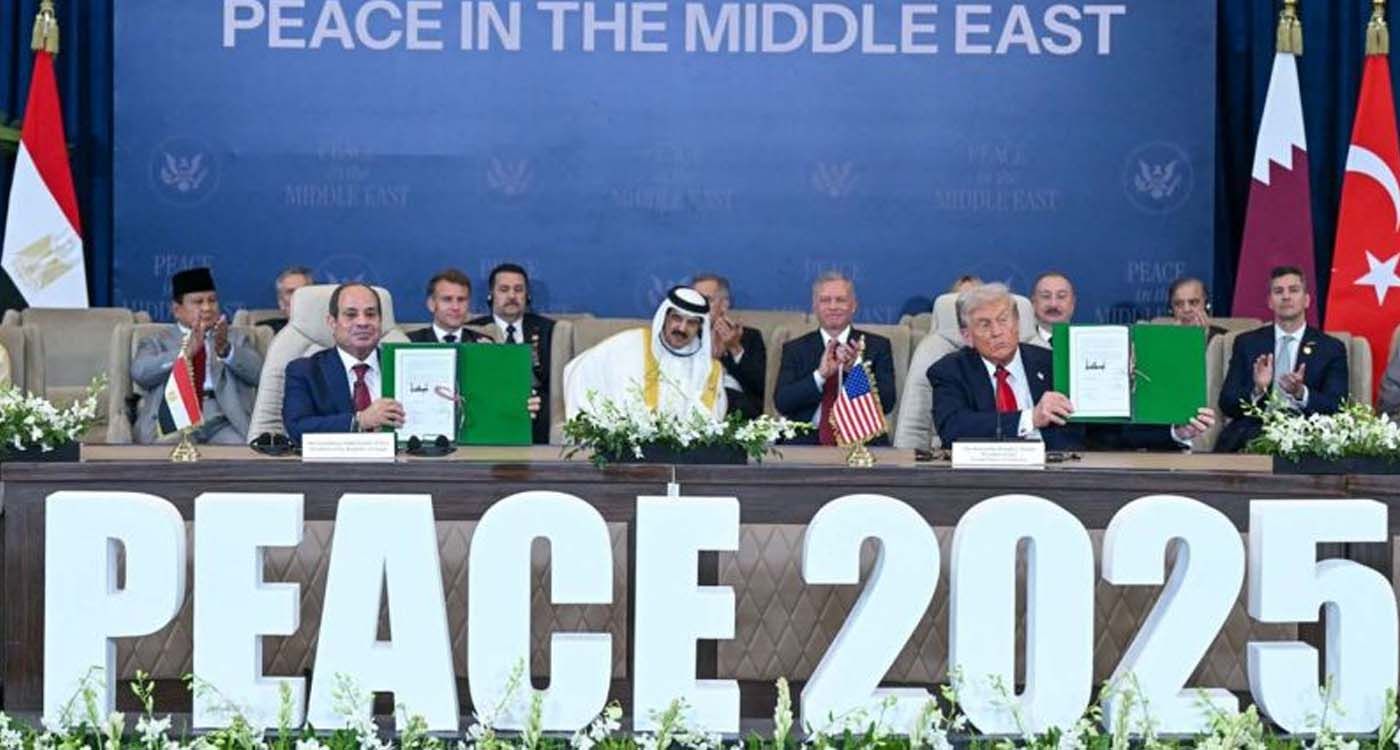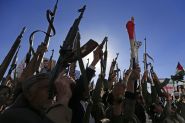- Home
- Middle East
- Inside Gaza’s Technocratic Committee: What’s at Stake

©Saul Loeb / AFP
Following a meeting in Cairo on Friday, the main Palestinian factions, including Hamas, announced that they had agreed to entrust the administration of the Gaza Strip to a temporary Palestinian committee composed of independent technocrats.
According to a statement posted on Hamas’s website, the committee will oversee day-to-day affairs and basic services in coordination with “Arab brothers” and international institutions.
The initiative is part of the broader 20-point peace plan presented by Donald Trump, aimed at structuring the post-war period via a ceasefire, the deployment of an international force, and the establishment of a provisional civil administration. Washington regards this framework as the only viable roadmap. During his tour of Israel, Secretary of State Marco Rubio stressed that there is “no plan B.”
Cairo at the Heart of Palestinian Talks
The Cairo meeting brought together representatives of Hamas and Fatah, as well as other groups such as Islamic Jihad, the Popular Front, and the Democratic Front for the Liberation of Palestine. All parties agreed to continue their discussions under the mediation of Egyptian intelligence chief Hassan Rashad, with the aim of “organizing the Palestinian domestic front” in response to current challenges.
This is not the first time Palestinian factions have sought unity. Back in December 2024, an agreement called for the creation of a joint body to govern Gaza, but it never came to fruition. Longstanding rivalries between Hamas and Fatah, which have deepened since 2007, remain a major obstacle.
A Fragile Framework, Between Hope and Suspicion
While Hamas’s statement refers to “independent” technocrats, no official list has yet been released. The Times of Israel notes that the text makes no mention of Fatah, and that Mahmoud Abbas reportedly instructed his envoys to boycott the meeting, considering Hamas’s presence to render it illegitimate.
According to the Jerusalem Post, one name has come to the fore: Amjad Shawa, a prominent figure in Gaza’s civil society, reportedly approved by representatives of both Hamas and the Palestinian Authority, though his appointment still requires American endorsement.
“Shawa is pro-Hamas without being a Hamas man,” a Palestinian source told Israeli public television Kan. According to the same information, the committee would be composed of an equal number of members from Hamas and the Palestinian Authority, a formula intended to accommodate both sides while maintaining the balance envisioned by Cairo.
The Trump Plan and International Pressure
For Washington, the technocratic committee is seen as the cornerstone of the stabilization plan. Vice President J.D. Vance and envoy Jared Kushner, who oversee the dossier, maintain that setting up this structure will ensure a managed transition ahead of the deployment of an international stabilization force.
Commanded by an American general, the force would bring together British, Jordanian, Canadian, and German troops. Its mission will be to maintain order while reconstruction is organized.
The success of the plan, however, depends on two major conditions: the complete withdrawal of Israeli troops and the demilitarization of Hamas. As the Washington Institute points out, “without the effective disarmament of Hamas, any political process is doomed.”
The Islamist movement has made it clear that it will not lay down its arms. Mohammed Nazzal, one of its leaders based in Doha, told Reuters that Hamas “intends to maintain security control over the territory” during the interim period.
A Precarious Balance Between Control and Reconstruction
On the ground, the situation remains chaotic. According to the Washington Institute, Hamas has already redeployed part of its security apparatus and carried out violent purges against rival clans accused of collaborating with Israel. These internal clashes could undermine any stabilization efforts, even as millions of Gazans rely on humanitarian aid.
Furthermore, the Soufan Center notes that the establishment of the committee comes amid deep mistrust between Israel and the United States. Benjamin Netanyahu fears that the new structure could serve as a façade for a disguised continuation of Hamas control, while Washington is trying to persuade Jerusalem not to reignite the war
A U.S.-led civil-military coordination center, inaugurated in Tel Aviv, has been established to oversee this delicate transition and ensure that aid is “neither diverted nor stolen.”
A Political Gamble or a Diplomatic Mirage?
Ideally, a Palestinian technocratic committee could help revive civic life in Gaza and rebuild local institutions free of partisan influence. However, according to the Washington Institute and the Soufan Center, its viability depends on a combination of political, military, and humanitarian conditions that remain highly uncertain.
The first emphasizes that the success of such a structure requires both reform of the Palestinian Authority and the complete disarmament of Hamas. The second points out that without tangible progress on these two fronts, the committee risks remaining a mere administrative framework with no real authority.
The structure of the committee, its timeline for taking office, and its exact mandate have yet to be defined. The United States and Israel insist that Hamas play no role, direct or indirect, even as its leaders continue to control most of the territory. As for Fatah, it remains hesitant to commit to a framework whose contours it does not control.
At this stage, the technocratic committee does not yet represent a political turning point, but rather an experiment caught between hope and mistrust. Its success will depend as much on the goodwill of the Palestinian factions as on the international community’s ability to enforce a clear framework.
Read more




Comments